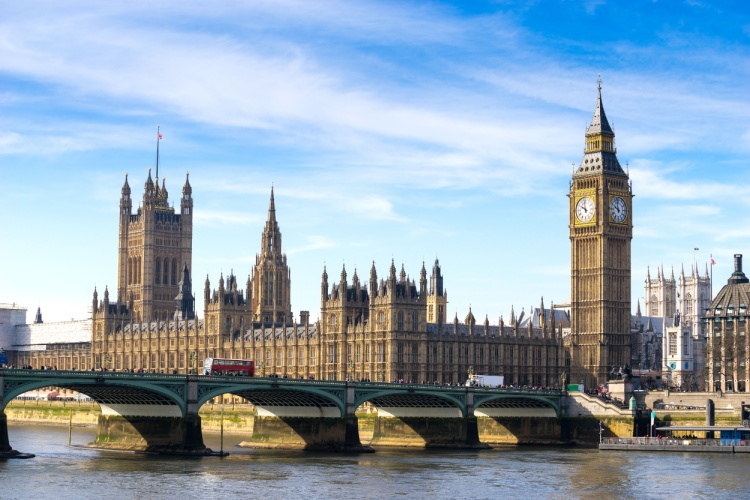Article posted: 17th September 2012
The Bank of England (BOE) has been defending the impact of its actions on pensions.
For the last three and a half years, the BOE has pursued a policy of ultra-low short-term interest rates and quantitative easing (QE). QE, which has often (incorrectly) been described as printing money, has so far seen the BOE buy £325 billion worth of UK government bonds. That figure represents over a third of the non-index-linked gilts market and is continuing to rise as the programme of QE continues.
The BOE’s gilt-buying spree has pushed down the returns available on gilts dramatically. At the start of March 2009, just before QE began, 15-year gilts yielded 4.13%, whereas they now yield about 2.1%. That fall has had two major impacts on pensions:
- Annuity rates have dropped sharply, in line with the fall in long-term yields. A consequence of this effect has been a drop in income drawdown limits, which are also driven by long-term yields.
- Final salary pension schemes have seen a surge in the size of their liabilities, which are valued on the basis of long-term yields – the lower the yield, the higher the value. Generally speaking, assets on the other side of the pension scheme balance sheet have not kept pace. The result has been widening pension scheme deficits.
On both counts, various pension bodies have criticised the BOE. The House of Commons Treasury Select Committee recently waded in, asking the BOE to explain its views on the groups – like pension funds – that were negatively affected by QE. The BOE has now responded, and its main argument is that QE ‘pushed up the price of equities by at least as much as they have pushed up the price of gilts’.
It is an interesting swings-and-roundabouts defence, but whether the BOE can lay claim to all of the recovery in share prices since March 2009 is a moot point.




